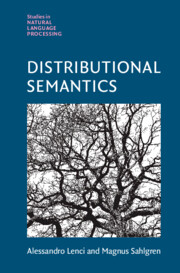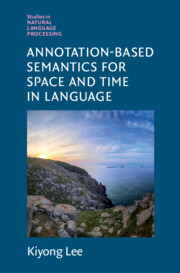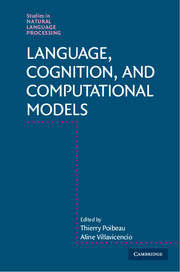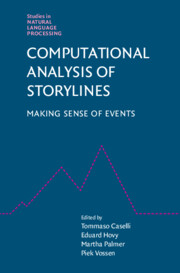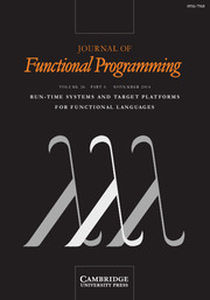Distributional Semantics
Distributional semantics develops theories and methods to represent the meaning of natural language expressions, with vectors encoding their statistical distribution in linguistic contexts. It is at once a theoretical model to express meaning, a practical methodology to construct semantic representations, a computational framework for acquiring meaning from language data, and a cognitive hypothesis about the role of language usage in shaping meaning. This book aims to build a common understanding of the theoretical and methodological foundations of distributional semantics. Beginning with its historical origins, the text exemplifies how the distributional approach is implemented in distributional semantic models. The main types of computational models, including modern deep learning ones, are described and evaluated, demonstrating how various types of semantic issues are addressed by those models. Open problems and challenges are also analyzed. Students and researchers in natural language processing, artificial intelligence, and cognitive science will appreciate this book.
- Enables understanding of theoretical foundations and practical implementations of traditional and distributional semantic methods
- Contains thorough, detailed evaluations and comparisons of the main types of distributional semantic models and connects the original distributional techniques to more modern deep learning methods
- Helps readers understand the possibilities and limitations of distributional approaches to meaning by discussing how various types of semantic issues are addressed by distributional semantics
Reviews & endorsements
'Lenci and Sahlgren's textbook is a landmark contribution to the fast growing and increasingly important discipline of distributional semantics. They have managed to distill 60 years of diverse research on distributional semantics, from its beginning in structural and corpus linguistics and psychology, through the application of techniques from information retrieval and linear algebra, to the most recent developments driven by deep neural networks and large language models in NLP. The authors synthesize the major findings from different fields and integrate these diverse traditions into a comprehensive and coherent framework of distributional meaning. Lenci and Sahlgren's text promises to be the new standard for reference and teaching in this area.' James Pustejovsky, Brandeis University
'It is a significant contribution to both linguistic theory and computational linguistics in its own right, providing a bridge between semantic theories and practical applications in natural language processing (NLP). As both a linguist and computational linguist, I found this book relevant to current computational as well as formal semantic research, which increasingly employs distributional methods to understand and model language meaning … Lenci and Sahlgren's book is important, as it presents an impressive treatment of the historical and theoretical foundations of distributional semantics … By providing a clear and rigorous account of how meaning can be modeled through usage patterns, Lenci and Sahlgren contribute to ongoing debates in semantics and cognitive science dating back 70 years. Their book supports the view that meaning in language can be understood through its distributional properties, which can in turn help linguists better understand the formal properties inherent in language meaning.' James Pustejovsky, WORD
Product details
No date availableAdobe eBook Reader
9781009453820
0 pages
Table of Contents
- Preface
- Part I. Theory:
- 1. From usage to meaning: the foundations of distributional semantics
- 2. Distributional representations
- Part II. Models:
- 3. Distributional semantic models
- 4. Matrix models
- 5. Random encoding models
- Part III. Practice:
- 7. Evaluation of distributional semantic models
- 8. Distributional semantics and the lexicon
- 9 Distributional semantics beyond the lexicon
- 10. Conclusions and Outlook
- References
- Index.

